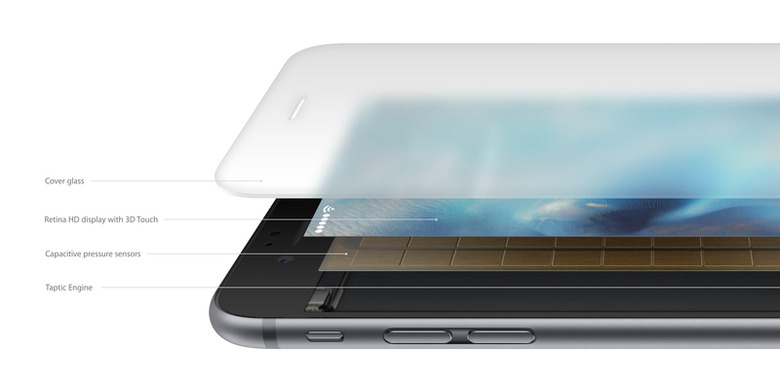This Is The Insanely Detailed iPhone 6s Teardown We've Been Waiting For
Gadget teardowns are always impressive, as they reveal some of the secrets behind newly launched devices such as Apple's iPhone 6s series. Just as expected, iFixit tore into the iPhone 6s not once, but quite a few times. Yet the most interesting teardown yet has just arrived and it gives us a better look at the new iPhone's unique trick: the 3D Touch display.
DON'T MISS: 10 hottest iPhone 6s cases we've found so far
iFixit already dismantled a bunch of new iPhones, including the 4.7-inch iPhone 6s, and the 5.5-inch iPhone 6s Plus. It even took apart the iPhone 6s one more time to take a closer look at the features (if any) that would give the handset waterproof features.
The intrepid teardown masters then moved to the logical piece of tech that sets the iPhone 6s apart from predecessors and rivals: The 3D Touch display.
It turns out the iPhone 6s and iPhone 6s Plus display features capacitive sensor layers that enable 3D Touch support, pliable glass made by dual ion-exchange, a 4.7-inch Retina HD display and an integrated touch digitizer. However, when all these layers are cleverly dissected, you actually get nine layers of different parts and materials that make the 3D Touch display work.
According to iFixit, there might be two layers of sensors that make 3D Touch interaction possible. The company found a layer of capacitive sensors below the reflective film of the iPhone that might be a separate component from the 3D Touch sensors that Apple said it integrated in the backlight of the LCD screen (image above). A special chip handles the actual 3D Touch capacitor activity.
Looking at the entire assembly, iFixit also explained that Apple must have worked closely with Corning to develop a glass that's pliable so it accommodates deeper presses than just simple touches.
"Pressing down onto the glass bends the glass very slightly at the point of contact, shortening the distance between your finger and the corresponding capacitor plate in the array beneath the display. This registers a 'push' rather than a 'touch,'" the site wrote.
The full iFixit teardown is available at this link.
